
The Russian dwarf hamster (Phodopus sungorus) is distantly related to the common golden hamster (Mescricetus auratus) that is native to Syria. Introduced to the U.S. in the early 1980s, they arrived from England where they first came on the market in 1970. Other names for the Russian dwarf hamster include Hairy-Footed, Campbell's, Winter White, and Siberian. A thick-bodied rodent, it has a nearly invisible short tail, and prominent cheek pouches.
Adults average three to four inches long, sporting a dark gray coat on top with white underparts. Russian dwarf hamsters may also feature colors such as black, cinnamon, lilac, and bluish tones; some are mottled, and albinos are also found. In cooler temperatures they may turn white in winter. These hamsters can be kept in a small cage like mice, although their digging habits may create a mess, and for this reason 10 or 20-gallon tanks are often used. Pine or aspen shavings about two inches deep make suitable bedding. Cedar shavings should never be used because the oils they contain can cause respiratory and liver problems.
Thorough cleaning of the cage once a week by scrubbing with mild, soapy water and a bedding change is recommended. These hamsters will enjoy a nesting box and cardboard tubes to satisfy their burrowing nature. They may eat almost as much as their larger cousins, and like all rodents will require chew sticks or wooden things to gnaw on. Food pellets for hamsters should suffice, as well as some vegetables, but leafy greens should be avoided due to possible intestinal problems. Milk is fine for nursing females if kept fresh. Russian dwarf hamsters are often active at night, and can be edgy and restless, but are considered somewhat more docile than the larger varieties. A running wheel is a must.
Their smaller size also makes escape easier in unsecured cages, but capturing one should be easy with a Havahart mouse trap. Keeping more than one Russian dwarf hamster in a cage may work if they were raised together, but persistently aggressive individuals should be removed, as fights can prove fatal. A provodone-iodine solution will help disinfect moderate scratches and bites if they occur. Before purchasing, a dwarf hamster's navel should be checked for signs of umbilical infection. Wet tail disease is another infection more common in the recently weaned, with symptoms of fluid discharge, diarrhea, and appetite loss, which antibiotics can treat.
A bred female will average three weeks of gestation, and the male will help tend to the young. Disturbances should be extremely minimized during nursing. Being nearsighted, it helps dwarf hamsters to hear your voice before picking them up. Daily handling will tame them faster, and they can quickly become a most enjoyable pet.
You can learn about the Russian dwarf hamster, and get more articles and resources about hamsters by visiting dwarf hamster
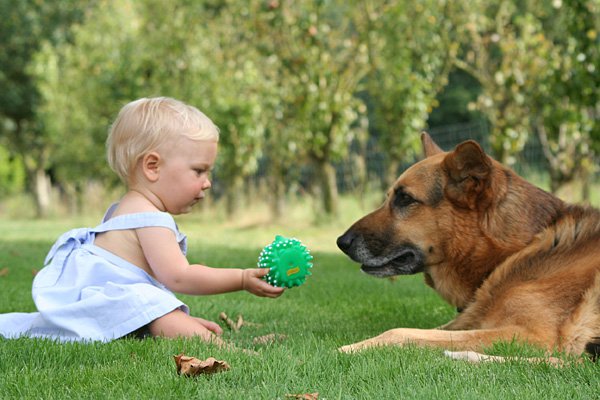 Diagnose The Symptoms Of Ulcers In Horses To Treat Them Effectively
Diagnose The Symptoms Of Ulcers In Horses To Treat Them Effectively
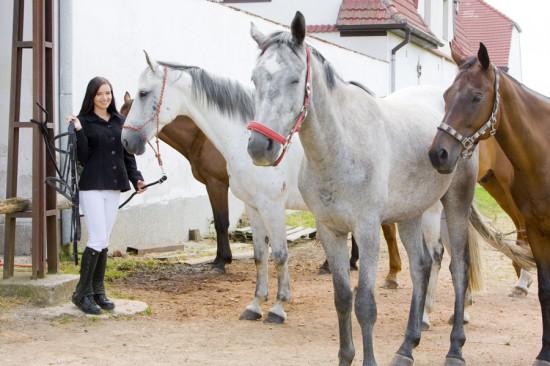 Horses - Which Breed Is Best For Me?
Horses - Which Breed Is Best For Me?
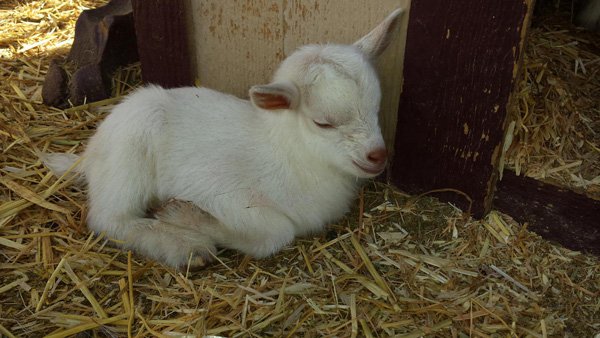 Things to Remember when Training your Dogs
Things to Remember when Training your Dogs
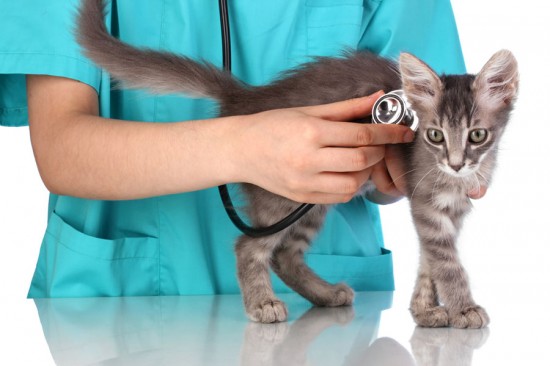 Why Are Some Cats Sick So Often?
Why Are Some Cats Sick So Often?
 5 Dog Breeds That Love Being Around People
5 Dog Breeds That Love Being Around People
 How The Behaviour Of An Un-neutered Male Dog Differs From That Of A Neutered Dog
How The Behaviour Of An Un-neutered Male Dog Differs From That Of A Neutered Dog
 Vulnerable Uk Native Dog Breeds - Pastoral, Toy And Working Groups
Vulnerable Uk Nat
Vulnerable Uk Native Dog Breeds - Pastoral, Toy And Working Groups
Vulnerable Uk Nat
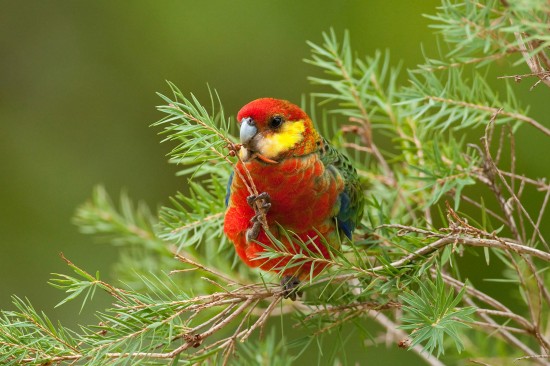 The Rosella Family Of Australian Parrots
The Rosella Famil
The Rosella Family Of Australian Parrots
The Rosella Famil
 How To Teach Your Puppy Not To Bark
How To Teach Your
How To Teach Your Puppy Not To Bark
How To Teach Your
 All About The Schnoodle Dog
All About The Sch
All About The Schnoodle Dog
All About The Sch
 Is Chemical Castration An Option For Your Dog?
Is Chemical Castr
Is Chemical Castration An Option For Your Dog?
Is Chemical Castr
Copyright © 2005-2016 Pet Information All Rights Reserved
Contact us: www162date@outlook.com